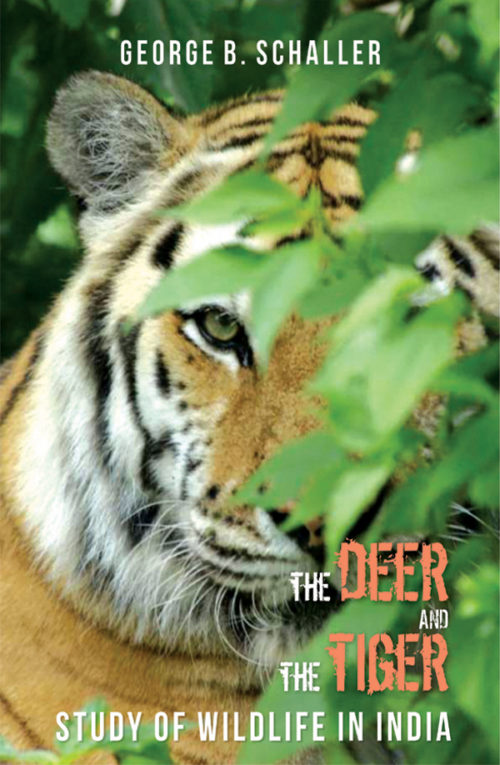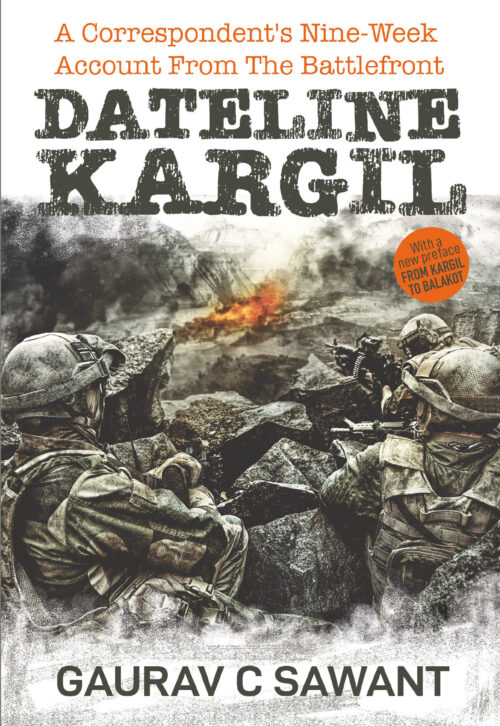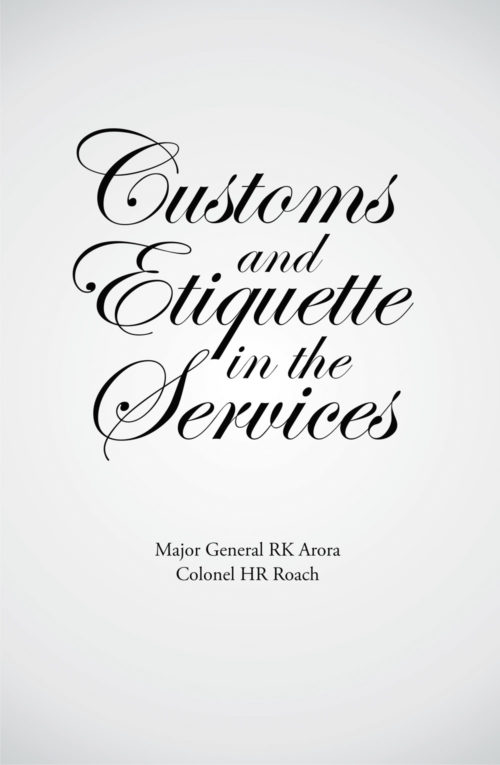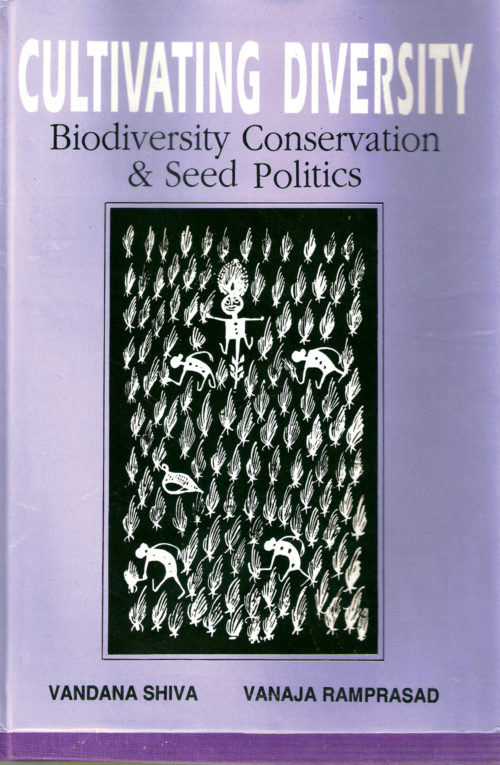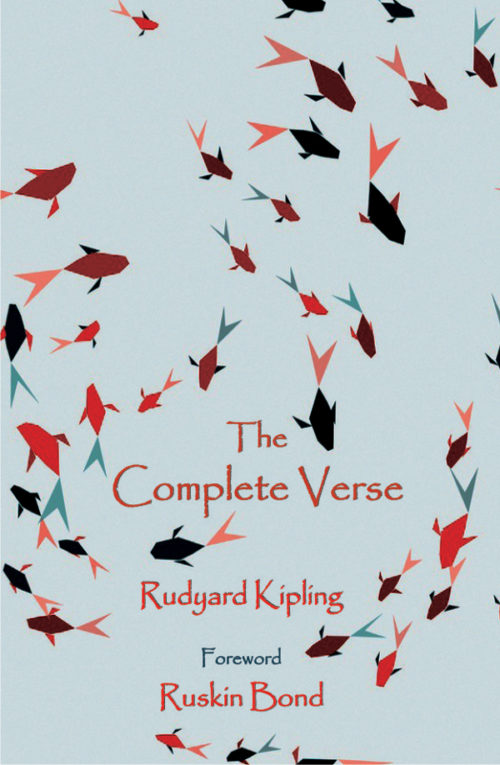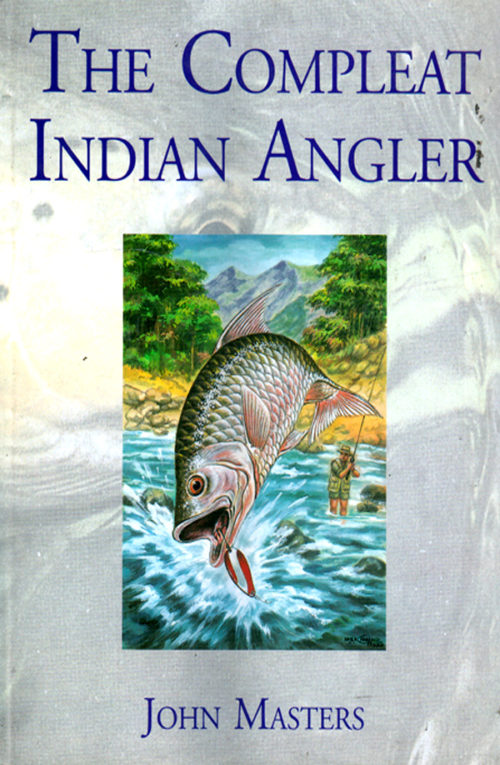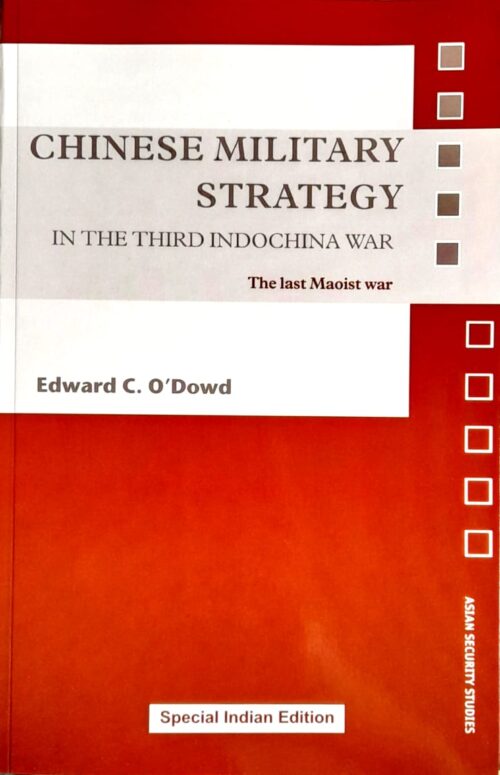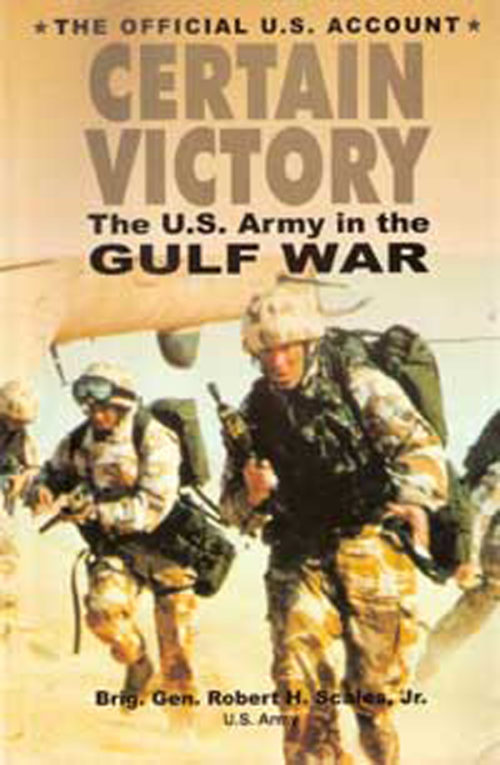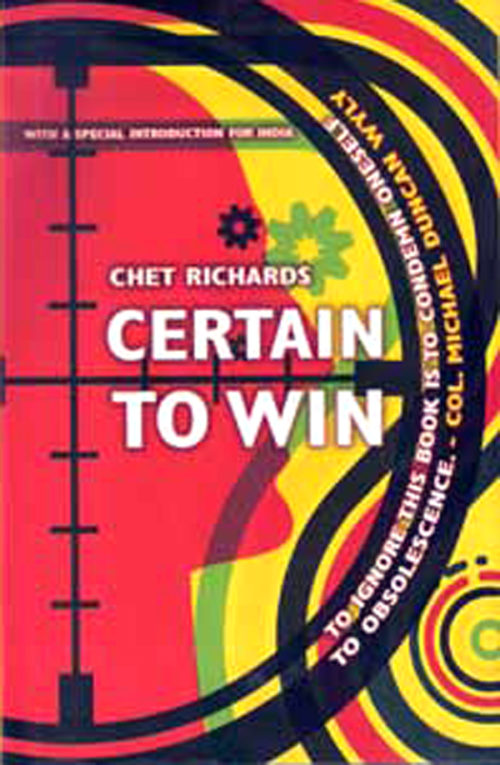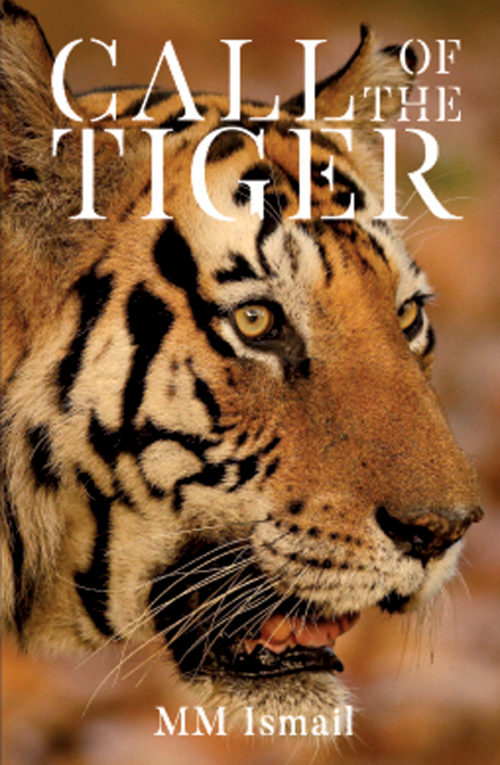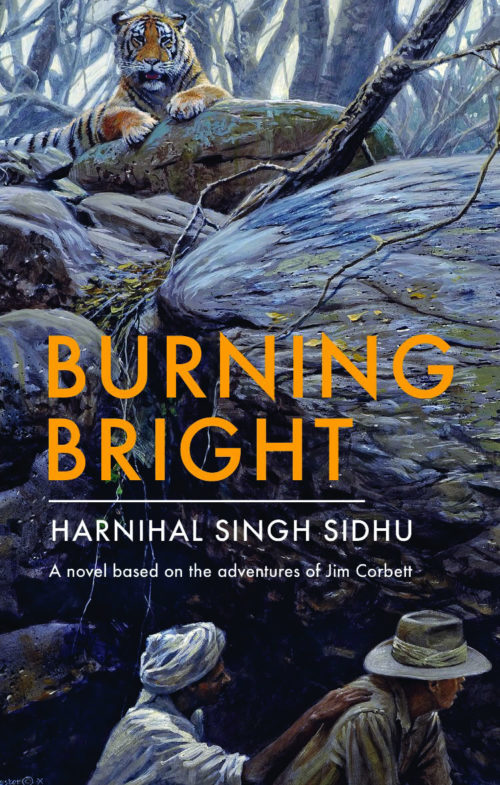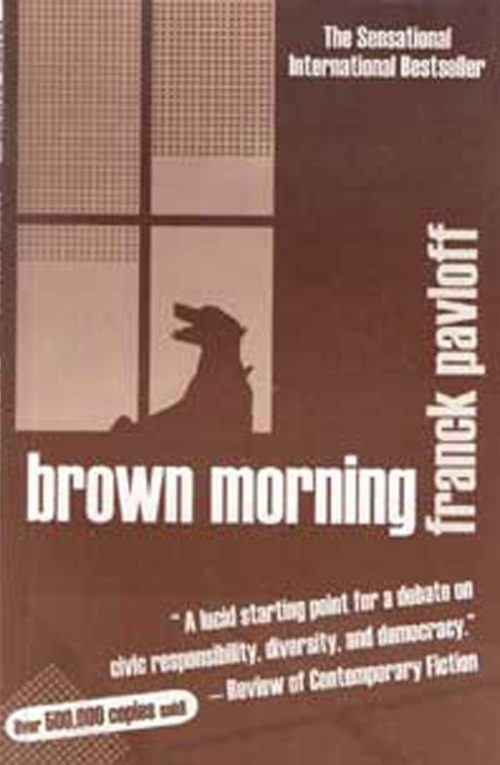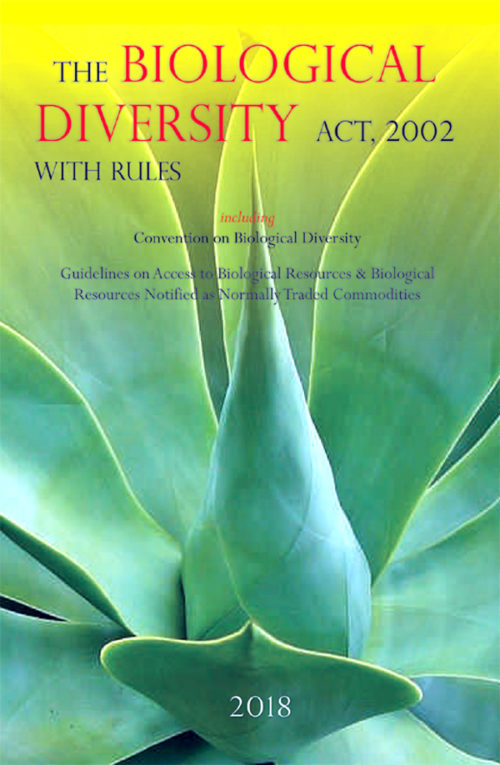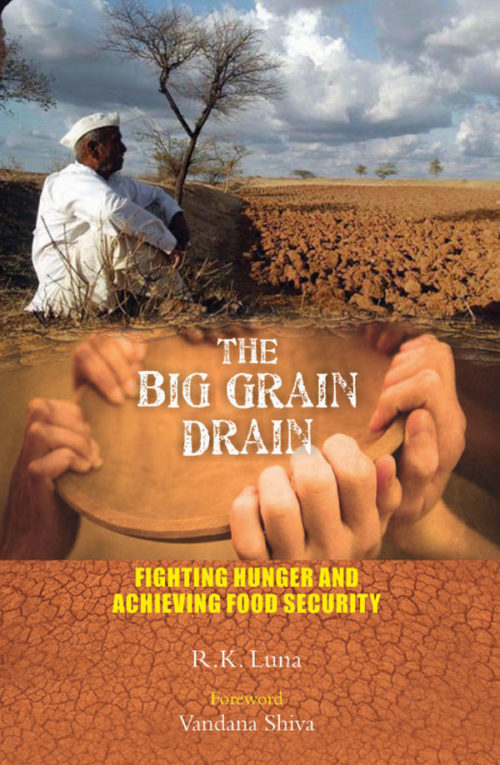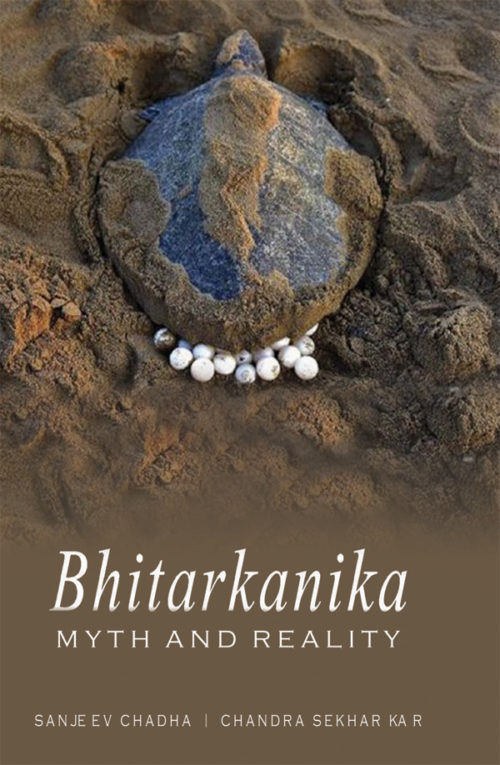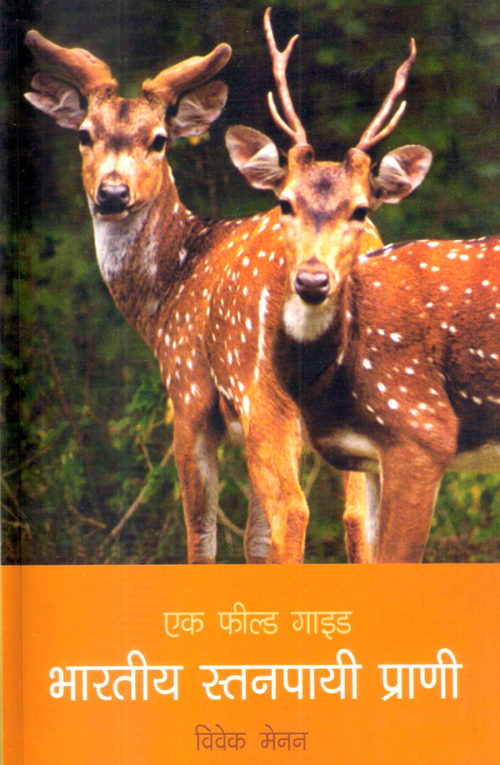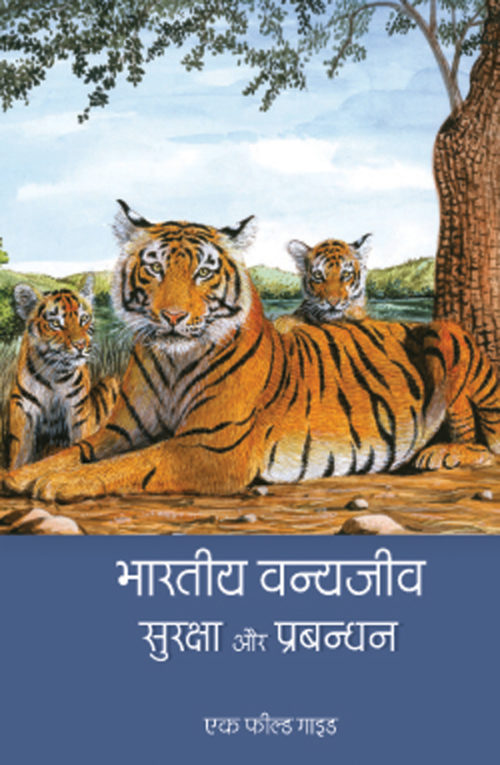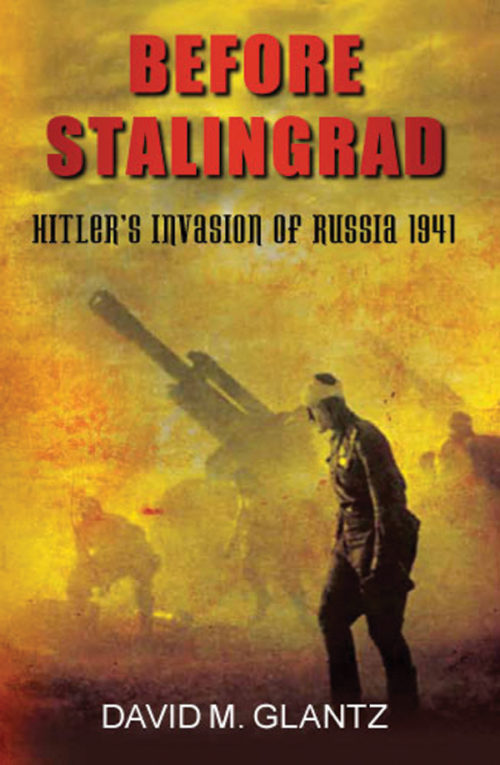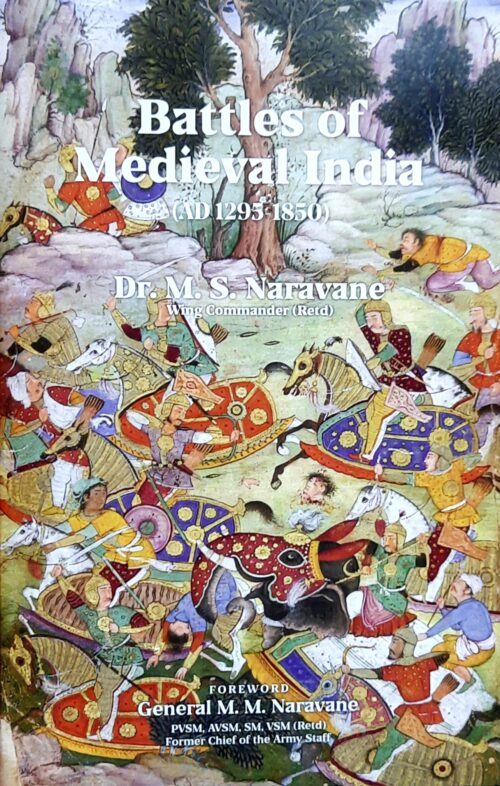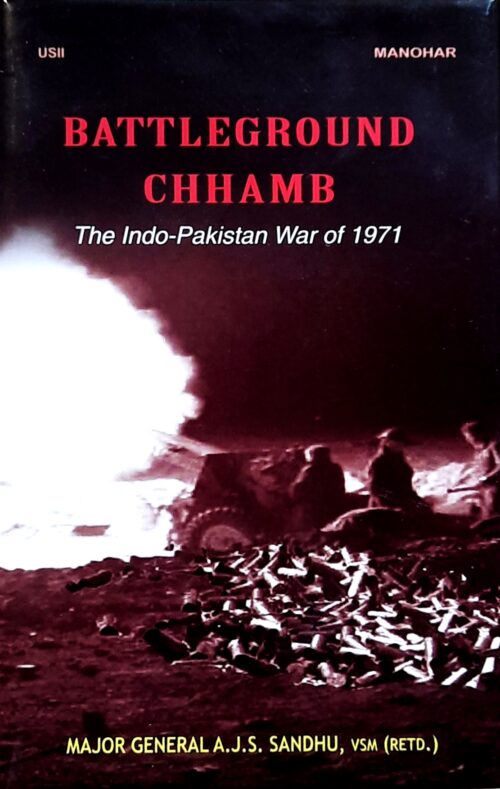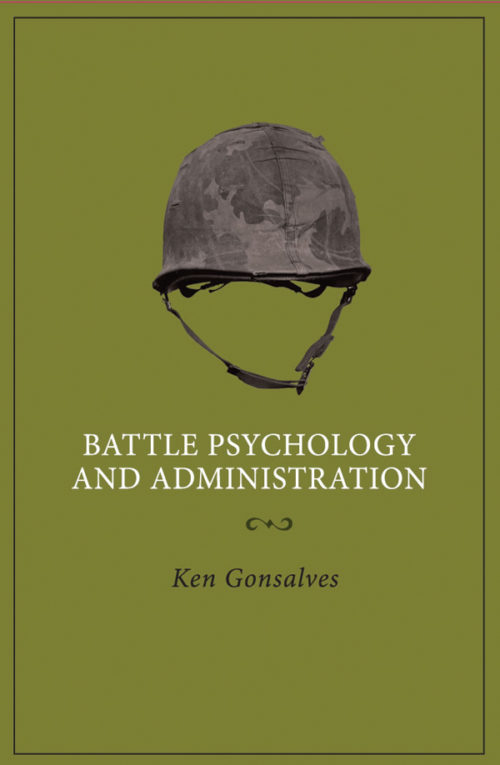-
This classic on Indian wildlife, written during the 1960s holds its own as one of the greatest books transcending the progress of time and knowledge.
-
The book gives a gripping, first-hand account of the author’s nine-week long stay in Kargil (during the encounter) and his experiences. He succinctly details the operation with special emphasis on the human side of the conflict. The graphic depiction of the war and candid interviews with the top brass makes for a true-to-life experience for the reader.
-
All the detailed customs and traditions in the Indian Army are put together in this book in simple and lucid language.
-
This famous book celebrates the diversity in culture and nature by one of the world’s leading environmentalists.
-
This book brings together all the poems written by the poet laureate of the common man: Rudyard Kipling. A must have for Kipling lovers.
-
Even the most knowledgeable of fisherman will find much that is worthy of their attention in this book. All of Master’s ripe wisdom has been transferred to ‘The Compleat Indian Angler’ and fisherman across the world will be grateful for the service he has rendered to the art and pastime of fishing.
-
-
This book examines the Sino-Vietnamese conflicts of the late 1970s and 1980s, attemtpting to understand them as strategic, operational and tactical events. The Sino-Vietnamese War was the Third Indochina War, and contemporary South Asia cannot be properly understood unless we acknowledge that the Vietnamese fought three, not two, wars to establish their current role in the region. The war was not about the Sino-Vietnamese border, as frequently claimed, but about China's support for its Cambodian ally, the Khmer Rouge, and this book addresses both US and ASEAN involvement in the effort to support the regime. Although the Chinese completed their troop withdrawal in March 1979, they retained their strategic goal of driving Vietnam out of Cambodia at least until 1988, but it was evident by 1984-85 that the Chinese army, held back by the drag of its "Maoist" organisation, doctrine, equipment, and personnel, was not an effective instrument of coercion.
-
This gripping book is the official US account of the successful First Gulf War.
-
-
First published in 1964,'Call of the Tiger' by Lt. Col. M.M. Ismail comes at a time when the era of hunting has receded into history, leaving books like it to provide a glimpse of days past. Set in the 1950s, these gripping tales serve as reminder of what the forests of Central India were like when wildlife was more plentiful and widespread that it is today.
-
The man eating tiger has speed, agility, muscle power, lightning reflexes and a ferocious killer instinct. It weighs 500 lb. The man has a cool head, a sure eye, a rifle and two brass cartridges. He weighs only 160 lb. The tiger growls, bursts out of the long grass, and launches itself . . .This was the drama that played out in the life of the legendary writer and conservationist, Jim Corbett, on several occasions. For him, the hunt was not about trophy tiger skins, or for the prestige of being a famous shikari – but to save lives when a man eater was on the rampage. Born in Kumaon, Corbett grew up in the jungle. He was well versed with its laws, and heunderstood its language. This hunter of the man eaters went on to become a die-hard conservationist, working to preserve and promote the majestic tiger. He harboured a great love for India and its people – of all castes and creeds, which is evident through all his writings.In a novel inspired by Jim Corbett's life and writings, author and conservationist, Harnihal Sidhu tells the epic tale of India’s most famous tiger hunter and conservationist. Corbett's journey was a difficult one, with moments of wild joy, suffering and heartbreak.Burning Bright is not a biography, a formal history or an academic study. It is a gripping tale told by a charmed storyteller, based on the life of a great man. Sometimes, the shortest road to the clearest view runs through the land of fiction.
-
Written in 1998 for a conference on Fascism, this allegory became an international bestseller for its crisp interweave of design and text. A must read!
-
A hilarious collection of unbelievable but true facts, to laugh at when you're alone or with family and friends. An ideal gift for a close buddy!
-
-
The books takes a critical look at the impact of the Green Revolution on Indian farming. It offers solutions, in terms of organic farming and biodiversity conservation. This is a book every one must read, specially policy makers and scientists, so they learn from the reality of the real costs of the Green Revolution, stop the expansion of the Green Revolution into East India, and start te transition to the Real Green Revolution that works with nature, not against her, which works for people, not against them.
-
Bhitarkanika is one of India's most exciting biodiversity regions. This book focuses on it as a case study to understand protection and conservation efforts.
-
This is the much-awaited Hindi edition of the popular "Field Guide to Indian Mammals" by Vivek Menon
-
This book has been created with the idea of having a training manual in hindi on conservation and its implementation for the field. It raises all the important conservation concerns in Hindi and explains solutions and consequences. Written by one of India's leading foresters, it is a must have for all those working in conservation.
-
This excellently written book by wll known writer David Glantz challenges the time-honoured explanation that poor weather, bad terrain, and Hitler's faulty strateguc judgement produced German defeat, and reveals how the RED Army thwarted the German Army's dramatic and apparently inexorable invasion before it achieved its ambitious goals.
-
Travel back to lesser known, but vitally important chapters of India's war history dating from the 13th century to the 19th century in this expansive book. The author, an armed forces veteran and scholar, carefully selects befitting battles and explains their importance not just in India's history but also India's present. Filled with interesting diagrams and fascinating maps, this book provides great lessons and insights for today's strategists and leaders, whether in the military or outside. It is also a historian's delight as it revisits an unexamined past with great flair and high quality analysis.
-
The Battle of Chhamb is considered to be the fiercest, bloodiest, most intense and decisive battle of the 1971 Indo-Pakistan war. Prime Minister Indira Gandhi termed it as the 'toughest'. Pakistan had amassed a very large and formidable force under 23 Infantry Division for their offensive; it comprised five infantry brigades, one armoured brigade and 31 artillery batteries. in fact the artillery employed by Pakistab in the Chhamb sector was more than they had to defend themselves in East Pakistan ( now Bangladesh). This battle holds lessons for India even today and the book is of interest to anyone who wants to know more about the history of South Asia. Sold in exclusive distrubition with Manohar
-
This classic is a must-have for the military students who are preparing for a successful career in the armed forces.
